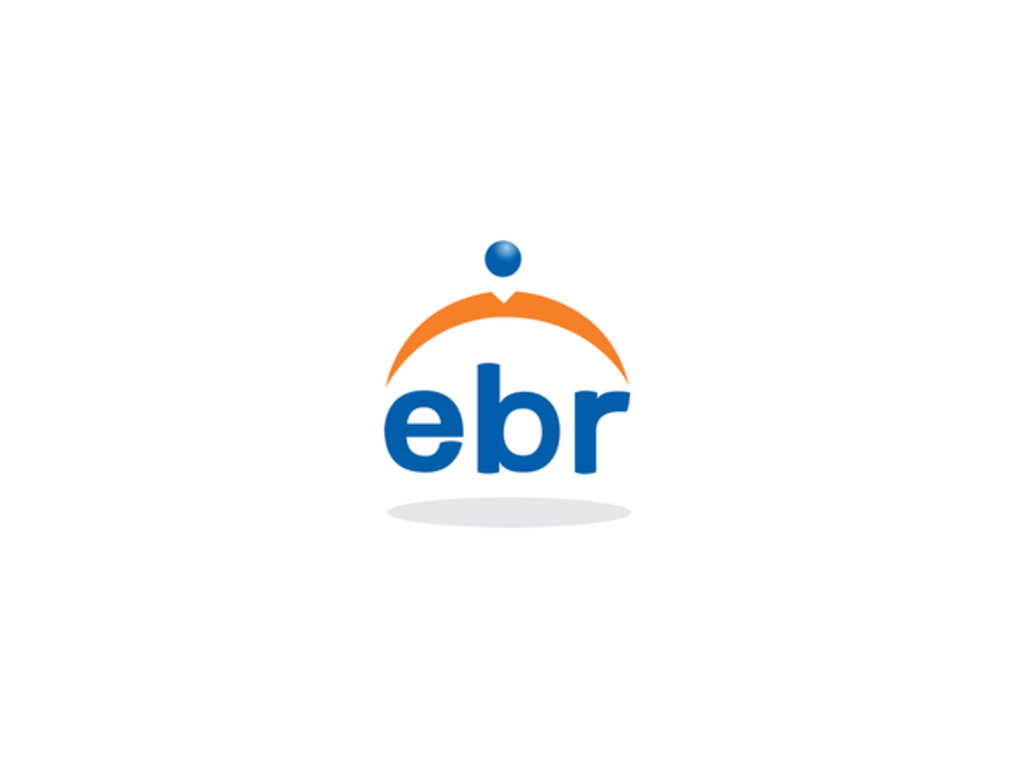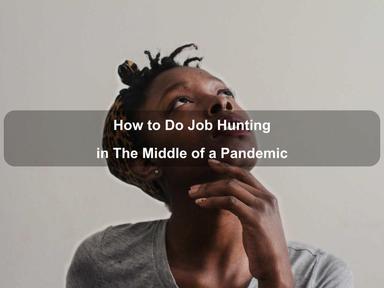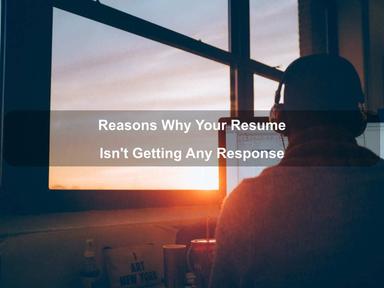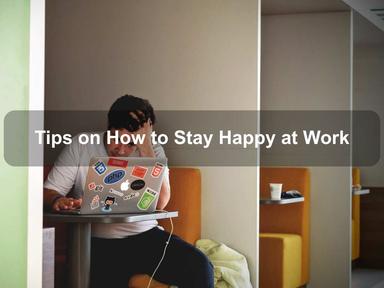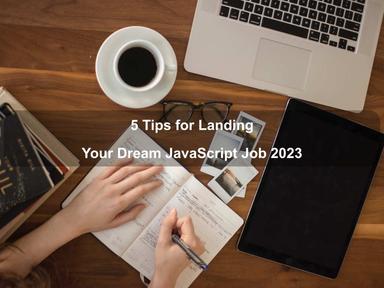published: 16 Oct 2009
3 min read | website: www.ebr.com.au
Emailing and submitting CVs are both very important ways in which we communicate with potential employers. When applying for roles you must remember that first impressions really count and you need to sell yourself. Remember, a CV is a sales tool. What does your CV or emailing style say about you? Quite often, the employer will see these before they meet you; so present it well and it might just put you ahead of your competitors and get you an interview. Below are some simple ways you can make even the slightest of improvements to both your emails and CV:
Emailing -
- Make sure you keep your emails precise and clear. Don’t beat around the bush. If you want to give background about yourself, do it in a way that will entice the recipient to read on. Address the recipient politely and don’t come on too strong. If you’re unsure about a role, ask them for a convenient time to call them. Don’t necessarily rely on a return email. If you want the job, you need to chase it.
- Formatting is critical. Spelling, line spacing, font size, colour and overall appearance are all vital elements to emails. It doesn’t have to be a work of art but it needs to flow nicely and remain easy on the eye. Plain is good, as long as it has correct spelling and grammar. DO A SPELL CHECK and make sure the name of the person you’re addressing is spelt correctly.
CVs -
- Presentation of a CV is arguably one of the most important ways you can impress a potential employer. If you want to come across as being boring and unenthusiastic about a job, then leave your resume in Times New Roman, without bold headings and ill paragraph arrangements. If an employer was to receive the above CV and then compare it to someone who had added a couple of intermediate bars of colour to break up segments, which do you think would attract them more? Definitely not the plain one. Having said this, there is nothing wrong with being plain when it comes to CVs. The information is the most crucial element. However, breaking it up in the right places with a little colour, or having different font for headings/sizes/forms can make it look much more professional. Addition of photographs isn’t frowned upon, but generally not needed, unless specified for the role. You may want to add one if you are applying for an overseas role because you may not be able to be present for the first initial interview.
- As mentioned above with emailing, correct spelling is also essential in a CV. There is nothing worse than reading over someone’s CV and seeing a misspelling or incorrect placement of capital letters. Remember to re-read your CV or get someone else to read it. In Australia, we don’t prefer American spellings. If you are unsure, find someone who might be able to help you. Make sure your contact email address is typed correctly and your referees also.
- Ideal lengths of CVs vary depending on an individual’s experience. 2-3 pages should do it. If you have a lot of working experience written down, sift through it and work out the most important roles you have been in. Tailor your CV to the job you’ve applied for. Focus on keeping the history of roles that strongly emphasise your skills and also companies you have worked with for long periods, as this shows dedication and reliability. Don’t forget to include information about yourself; an employer doesn’t want to see working history/experience alone, he/she also wants to find out more about you as a person.
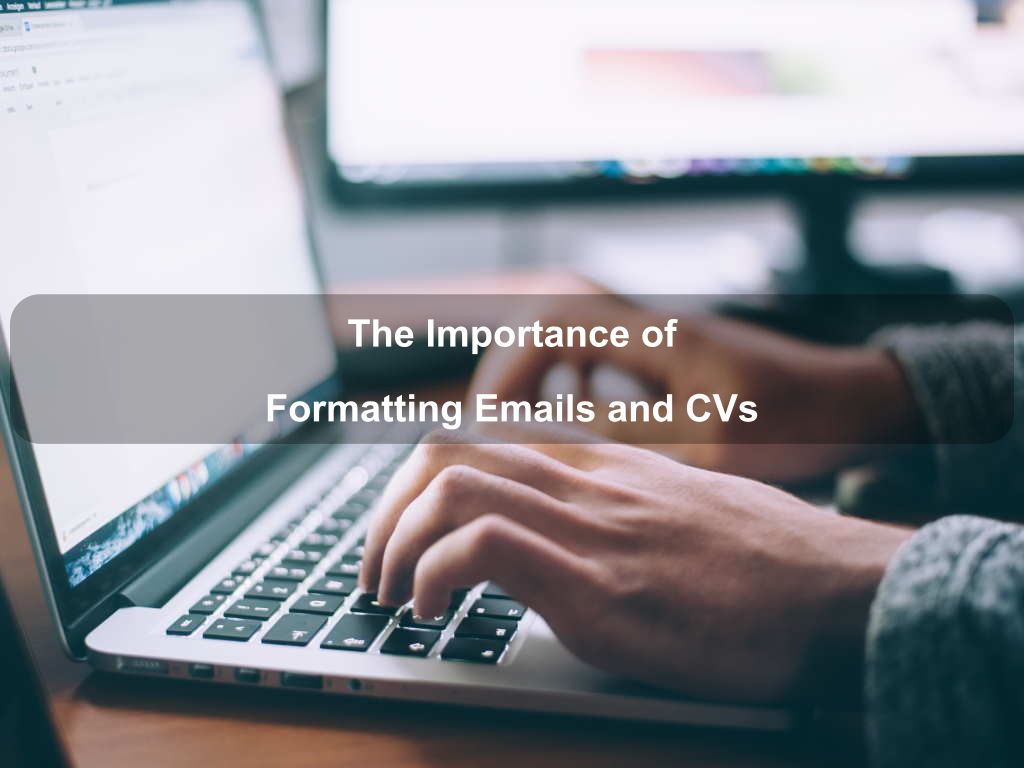
Are we missing something? Help us improve this article. Reach out to us.
